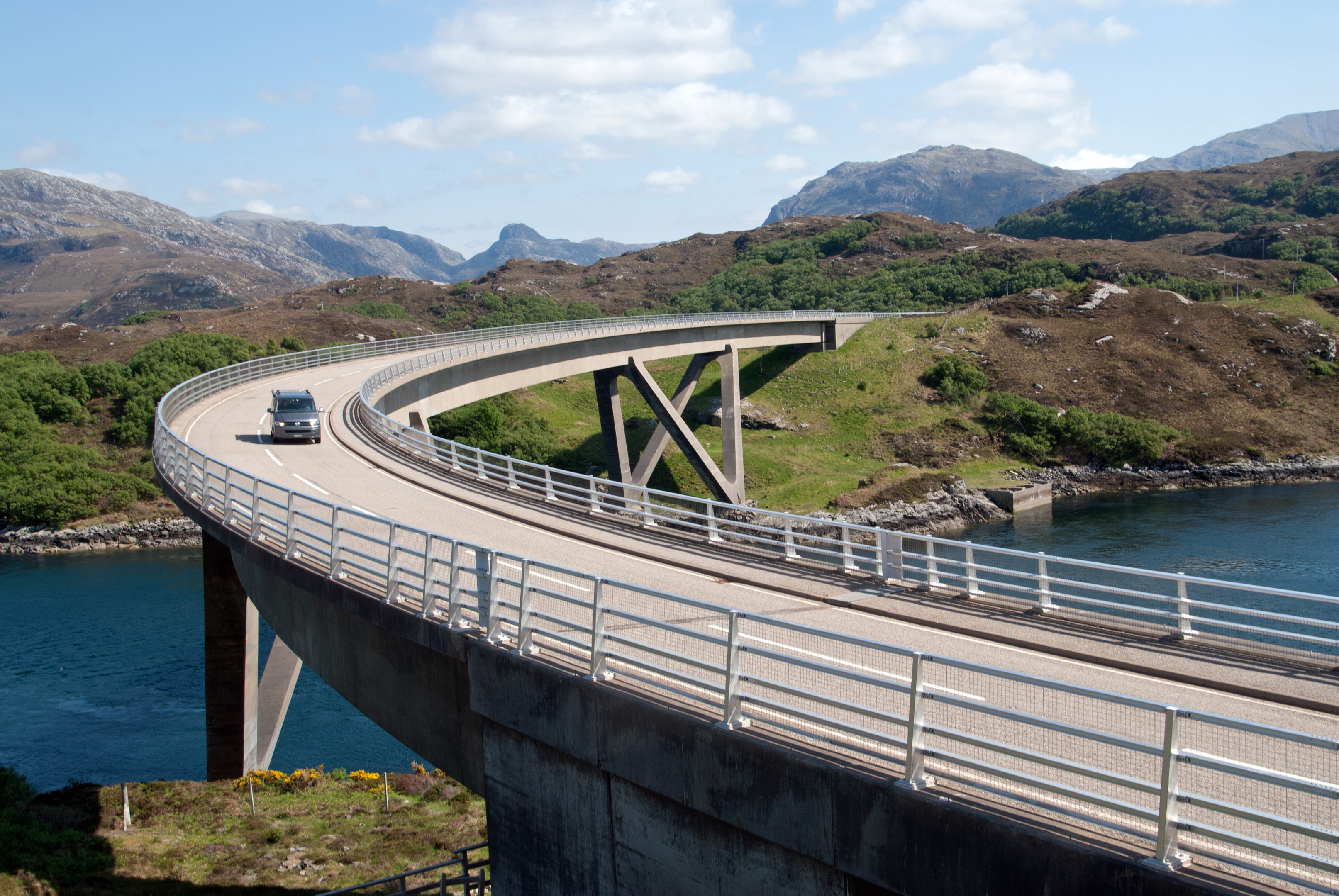
The North Coast 500 helped to boost the Scottish economy by more than £22m last year, a new major report has found.
The study, conducted by the Moffat Centre for Tourism at Glasgow Caledonian University, found that the North Coast 500 generated more than £22.89million in Gross Value Added (GVA) throughout 2018.
The report also found the iconic touring route had created 180 full time equivalent jobs in the North Highlands within the same time period.
Also known as the NC500, the 516 mile-long (805km) route has become a highly popular destination with tourists, with a network of roads around the region’s north, east and west coasts.
Launched as a tourism concept in 2015, the NC500 report also highlights an additional £13.46million in sales for accommodation, attraction, activity and retail businesses on or near the route in 2018.
North Highlands tourism businesses such as tour operators and camper van rental firms also reported year-on-year growth of 16% from 2014-2018.
Other findings include a 19.9% increase in visitors to free admission attractions was found, while paid admission attractions benefitted from a 41.7% boost in visitor numbers.
Room occupancy throughout the North Highlands was also found to have increased from 52% in 2014, to 78% in 2018.
David Whiteford, chair of the North Highland Initiative, said: ‘From the very beginning, the North Highland Initiative’s aim in creating the North Coast 500 was to market the North Highland area’s wonderful tourism offerings in a way that would stimulate economic growth.
‘The North Coast 500 is now one of the top reasons for people to travel to Scotland, and with the stunning scenery, unique experiences, exceptional food and drink, the famous Highland hospitality, a wide range of activities and the fascinating history and heritage the North Highlands of Scotland has to offer, this is no surprise.”
Over the past four years, the North Coast 500 has been hailed as the number one road trip in the world, and one of the top reasons for people to travel to Scotland.
Tom Campbell, managing director at the North Coast 500, said: ‘This report is another important milestone for the NC500 and we are delighted to see the tangible evidence of the positive impact on the North Highland economy.
“This has been transformational and has created jobs, new investment and opportunities for Highland communities.’”

Enjoy the convenience of having The Sunday Post delivered as a digital ePaper straight to your smartphone, tablet or computer.
Subscribe for only £5.49 a month and enjoy all the benefits of the printed paper as a digital replica.
Subscribe